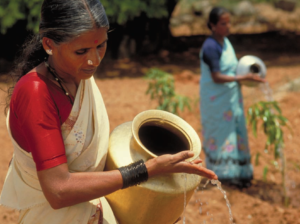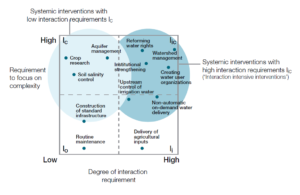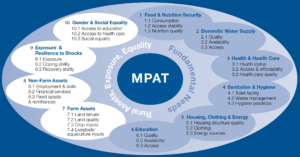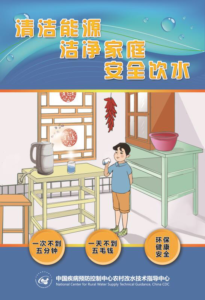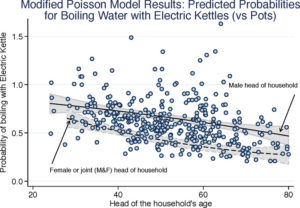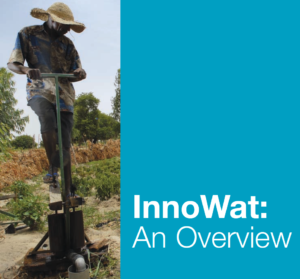February 28, 2021
In
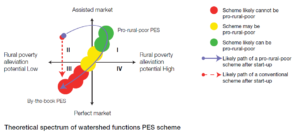 Payments for environmental services (PES) are a means of creating a market in environmental/ecosystem services. They link those who value a given service with those who can provide it. Most early PES initiatives were in Latin America, which remains the region with the most PES schemes, followed by Asia, and lastly Africa (figure 1). Payments for watershed functions seek to link upstream land use and management with downstream water use and management to realize benefits for upstream and downstream participants in the scheme and others in the area – not to mention for the environment. The ideal is a voluntary agreement between at least one buyer and one seller of ecosystem services (or land-use changes presumed to provide an ecosystem service). PES schemes have become increasingly popular with donors over the last few years. Yet despite their widespread application, by their nature they are not primarily intended as a tool for poverty reduction. They may be tailored to this purpose, however. From IFAD’s perspective, the problem is that poor rural people lack the prerequisites for participation in PES. Often, they do not have secure land tenure, rewards are easily usurped by the elite, and they lack the assets (human capital, natural resources) to provide the level of service needed to yield the desired impacts. Part of the solution to this stubborn dilemma may be to eschew PES schemes that simply seek market creation. Rather than clinging to economic principles, develop a variant of PES that builds on the reality faced in rural areas. This means allowing for market support, subsidies and a means of directing PES benefits to poor people – in short, developing pro-rural-poor PES.
Payments for environmental services (PES) are a means of creating a market in environmental/ecosystem services. They link those who value a given service with those who can provide it. Most early PES initiatives were in Latin America, which remains the region with the most PES schemes, followed by Asia, and lastly Africa (figure 1). Payments for watershed functions seek to link upstream land use and management with downstream water use and management to realize benefits for upstream and downstream participants in the scheme and others in the area – not to mention for the environment. The ideal is a voluntary agreement between at least one buyer and one seller of ecosystem services (or land-use changes presumed to provide an ecosystem service). PES schemes have become increasingly popular with donors over the last few years. Yet despite their widespread application, by their nature they are not primarily intended as a tool for poverty reduction. They may be tailored to this purpose, however. From IFAD’s perspective, the problem is that poor rural people lack the prerequisites for participation in PES. Often, they do not have secure land tenure, rewards are easily usurped by the elite, and they lack the assets (human capital, natural resources) to provide the level of service needed to yield the desired impacts. Part of the solution to this stubborn dilemma may be to eschew PES schemes that simply seek market creation. Rather than clinging to economic principles, develop a variant of PES that builds on the reality faced in rural areas. This means allowing for market support, subsidies and a means of directing PES benefits to poor people – in short, developing pro-rural-poor PES.
 The Multidimensional Poverty Assessment Tool (MPAT) measures fundamental dimensions of rural poverty in order to support poverty-alleviation efforts in the less developed world. This article’s primary purpose is to introduce MPAT and describe its theoretical rationale. It begins with an overview of the importance of creating enabling environments for rural poverty alleviation before describing MPAT’s purpose and structure. The article goes on to address some of the advantages and shortcomings of surveys and indicators as means of measuring poverty, and concludes with a few caveats on using MPAT, and a focus on its added value to practitioners and academics.
The Multidimensional Poverty Assessment Tool (MPAT) measures fundamental dimensions of rural poverty in order to support poverty-alleviation efforts in the less developed world. This article’s primary purpose is to introduce MPAT and describe its theoretical rationale. It begins with an overview of the importance of creating enabling environments for rural poverty alleviation before describing MPAT’s purpose and structure. The article goes on to address some of the advantages and shortcomings of surveys and indicators as means of measuring poverty, and concludes with a few caveats on using MPAT, and a focus on its added value to practitioners and academics.
